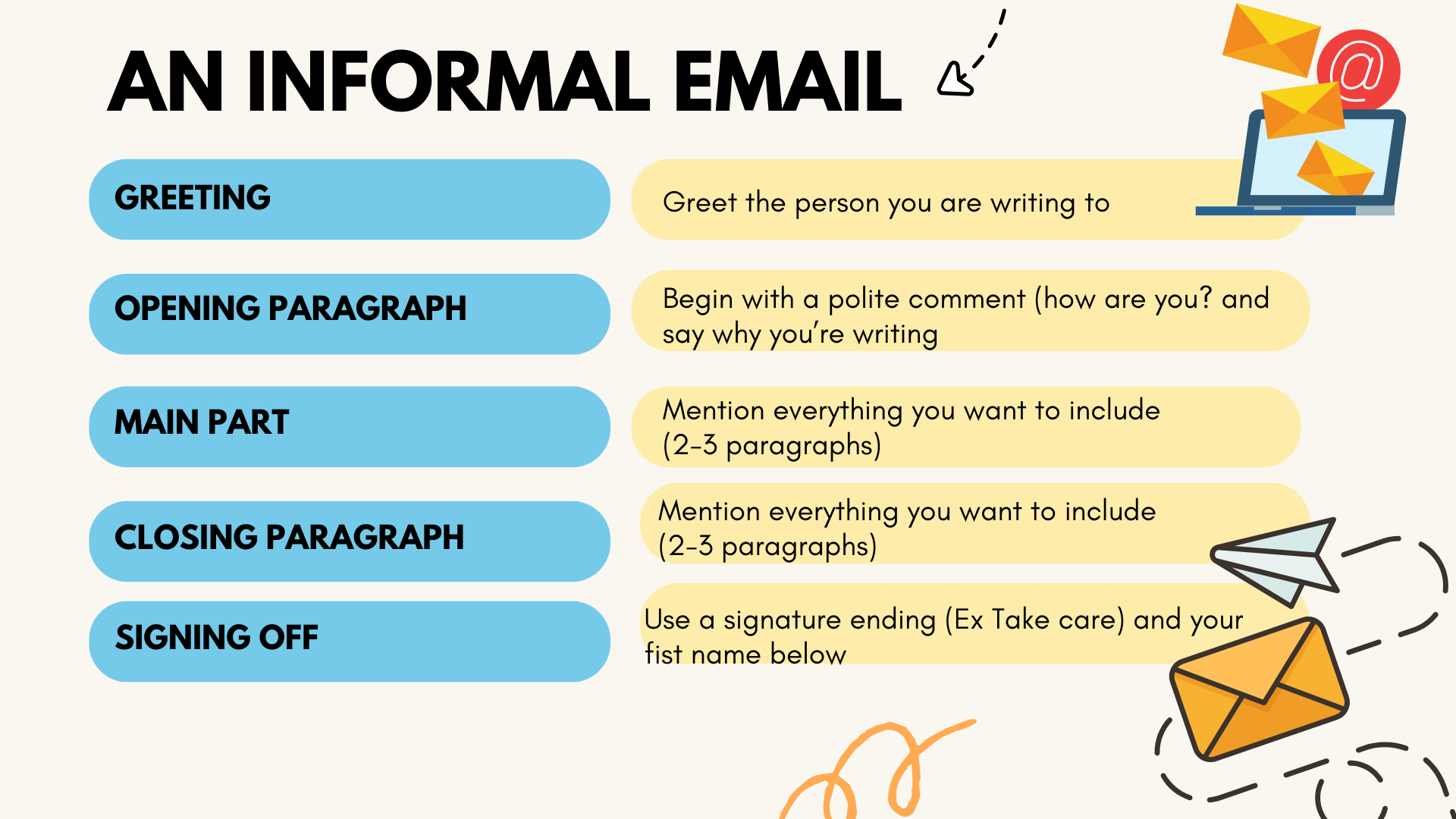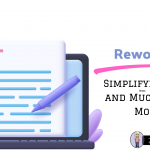As teachers, we’re always looking for ways to make writing more engaging, especially at B2 level where students are ready to go beyond textbook exercises. One of my favourite activities combines informal email writing, personality adjectives, and advice-giving structures—all wrapped up in a collaborative gallery walk.

Before we start with the writing part you know, as well as I do that if we want our students to actually use new vocabulary, we’ve got to help them revise it first! So, for this activity, I’ve created something super fun: an interactive, editable roulette! Yes!!! You heard that right!!! I made it myself! Wow! Even after using AI for almost three years, my mind still can’t wrap around how much we can create without writing a single line of code.
REVISING VOCABULARY: warming-up
This time, ask for volunteers—no teams, no competition, just brave students ready to test themselves and have a bit of fun along the way! One student at a time sits facing away from the board where the roulette is displayed, while the rest of the class gives clues to help them guess the personality adjective. After five adjectives, it’s time for a new volunteer to take the hot seat.
THE WRITING ACTIVITY
Objective:
Students will write an informal email in groups of 3, giving advice about the person’s personality and whether the situation is a good idea, using
- Personality adjectives
- Advice structures: I think you should… / If I were you… / Why don’t you..
and following the structure for informal emails below

Preparation
Before the activity, I prepare:
- A set of six situation cards (you can print them or display them digitally).
- Large sheets of paper or whiteboards for each group.
The Situation Cards
Each group receives one of the following scenarios:
- Flatmate – A friend is looking for someone to live with.
- New Boss – A friend will work with your current boss.
- Travel Companion – A friend wants to travel with someone you know.
- Study Group – A classmate wants to form a study group.
- Romantic Date – A friend is dating someone you know.
- Team Project – A friend will collaborate on a project.
EMAIL PERSONALITY de cristina.cabal
Procedure:
Phase 1: Writing in groups
- Divide students into groups of 3.
- Each group receives a situation card.
- They collaboratively write an informal email followint the layout of an informal email on a whiteboard or large sheet of paper posted on the walls of the classroom
Phase 2: Peer Review
- Assign each group to review another group’s email (ensure they are not reviewing their own work).
- The groups’ task is to critically read the assigned text and identify potential errors (grammar, vocabulary, or spelling).
- Instruct students to undeline any errors they spot directly on the poster
Phase 3: Consolidation and Teacher’s Feedback
- While students do an activity in their textbooks, correct the mistakes in their emails.(perhaps using a different colored marker), thereby validating or correcting the peer-underlined feedback.
Phase 4: Final review and gallery walk
- Instruct the original groups to return to their own email poster.
- Have them review the peer-feedback (underlined) and the definitive corrections you provided.
- Ask students to circulate around the classroom reading all the emails posted on the walls

